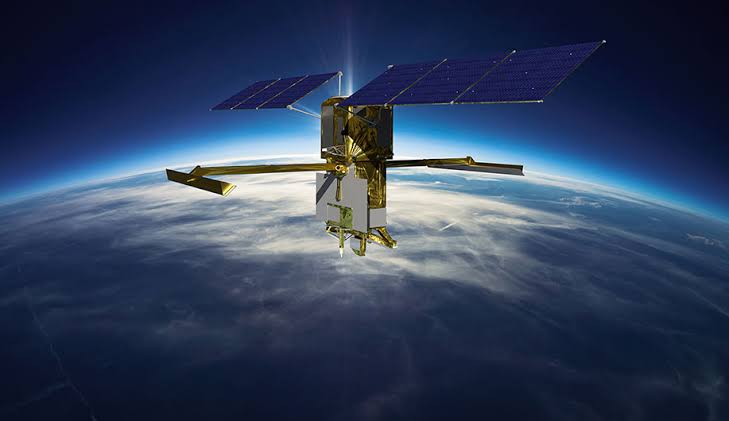The U.S. space program has come a long way since its inception in the late 1950s. From the early Mercury missions to the current International Space Station (ISS) program, safety has been a top priority. This deep dive explores the evolution of safety mechanisms and tools in the U.S. space program, highlighting key milestones, challenges, and innovations.
Early Years (1958-1969)
- Project Mercury (1958-1963): The first U.S. human spaceflight program focused on developing basic safety measures, including pressurized suits, emergency oxygen, and simple life support systems.
- Gemini Program (1961-1966): Gemini introduced more advanced safety features, such as ejection seats, emergency propulsion, and improved communication systems.
- Apollo Program (1961-1972): Apollo prioritized safety with redundant systems, emergency power, and advanced life support systems.
Challenges and Innovations (1970-1999)
- Apollo 1 Fire (1967): A tragic accident during a ground test led to significant safety improvements, including enhanced emergency preparedness and crew escape systems.
- Skylab Program (1973-1974): Skylab introduced the concept of spacewalks, requiring advanced safety protocols and emergency response planning.
- Space Shuttle Program (1981-2011): The Space Shuttle introduced reusable vehicles, requiring innovative safety solutions, such as thermal protection systems and solid rocket booster recovery.
Modern Era (2000-Present)
- International Space Station (ISS) Program (1998-present): The ISS prioritizes safety with advanced life support systems, emergency response planning, and regular crew training.
- Constellation Program (2005-2010): Although canceled, Constellation developed new safety technologies, such as advanced crew escape systems and emergency propulsion.
- Commercial Crew Program (2010-present): Partnerships with private companies like SpaceX and Boeing emphasize safety, with innovations like advanced life support systems and emergency landing protocols.
Conclusion
The U.S. space program's evolution has been marked by a relentless focus on safety. From basic life support systems to advanced emergency response planning, each milestone has built upon the last, ensuring the protection of astronauts and cosmonauts. As space exploration continues to push boundaries, the importance of safety mechanisms and tools will only continue to grow.
